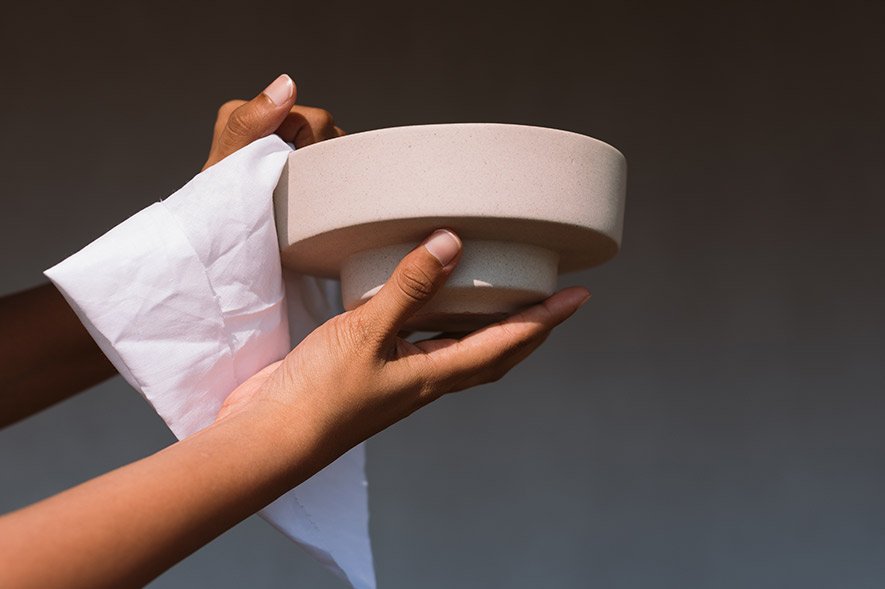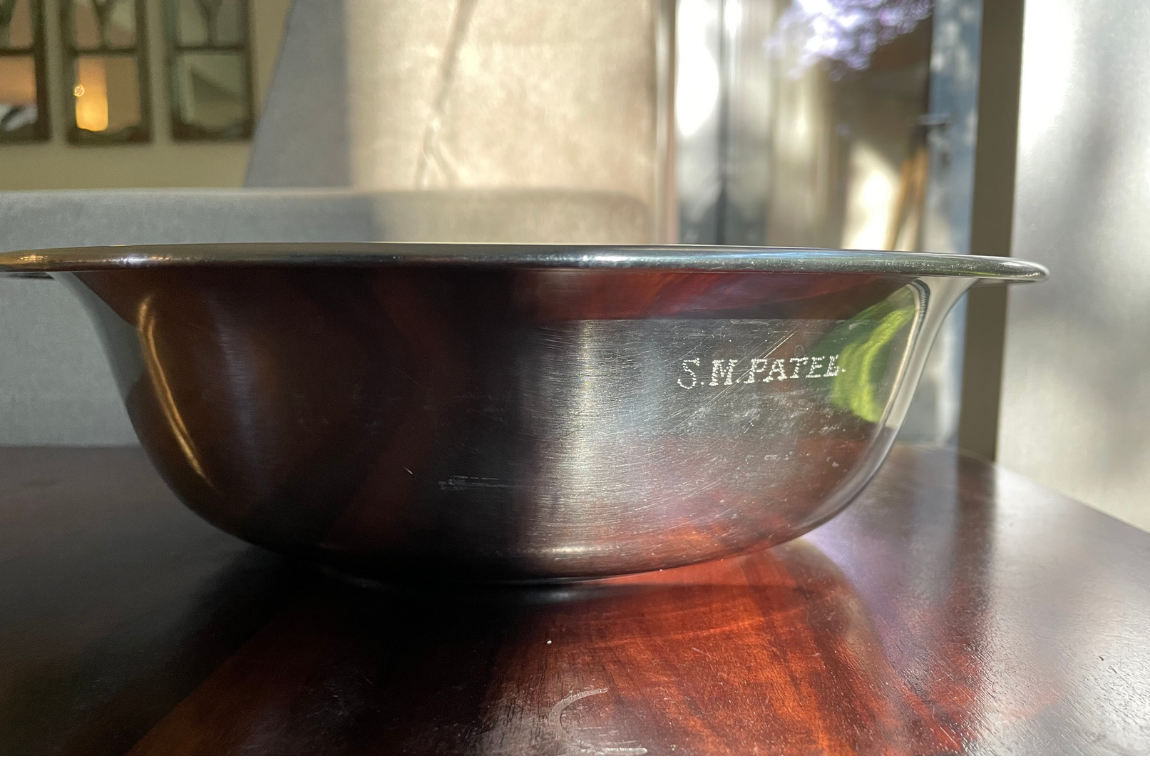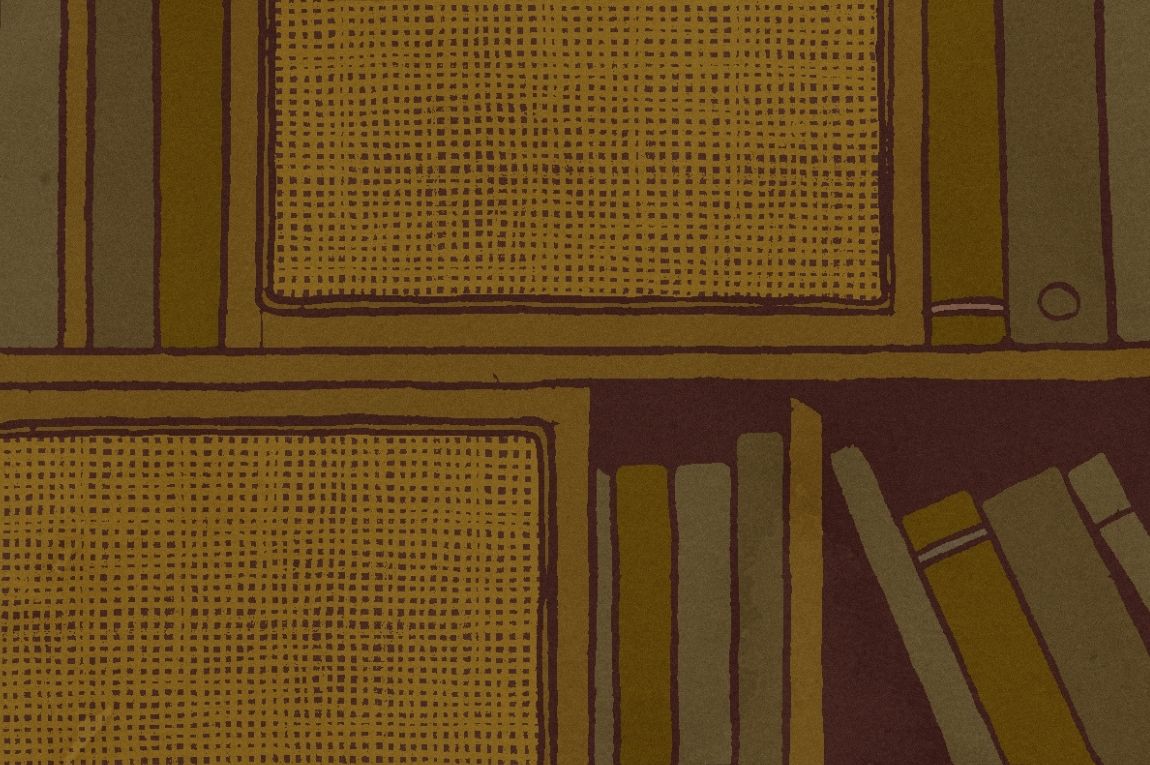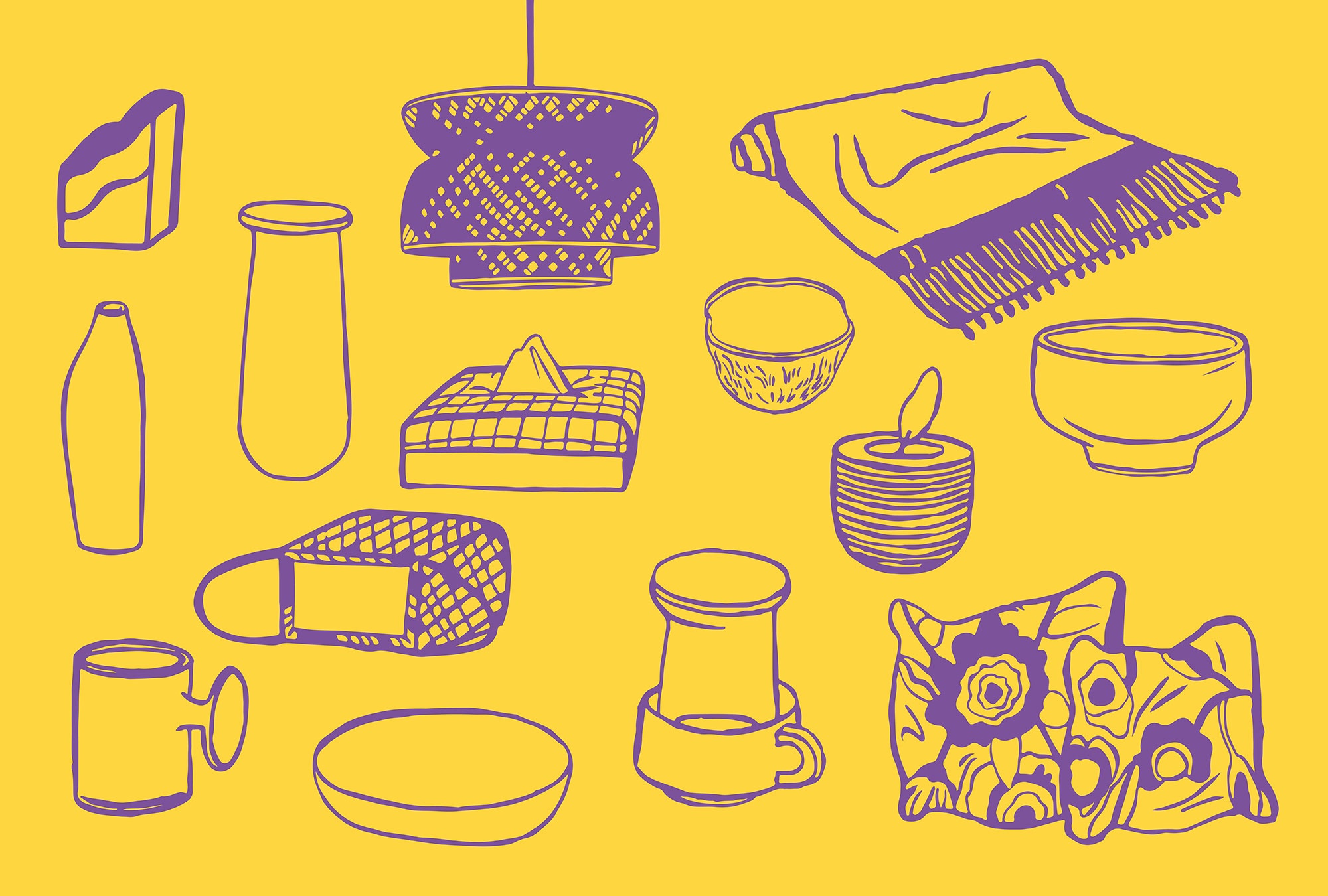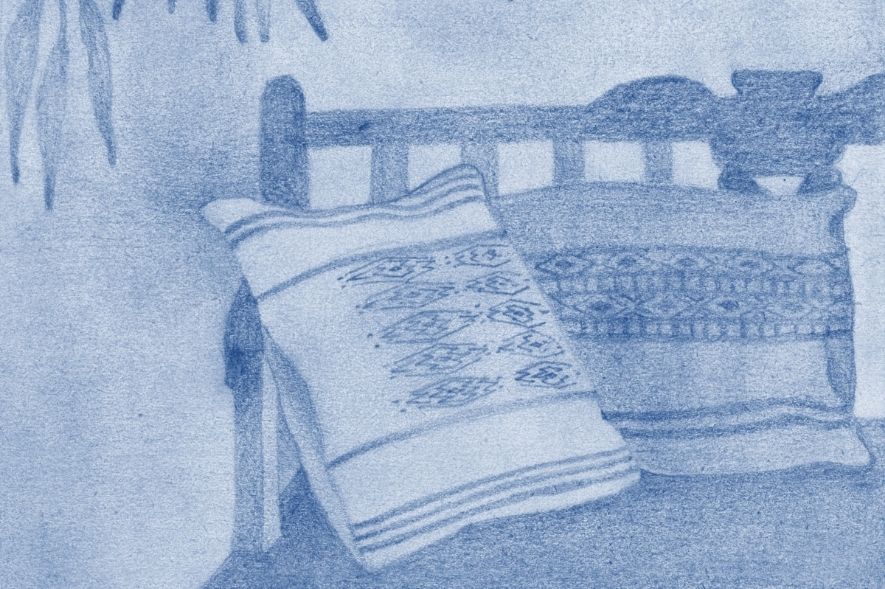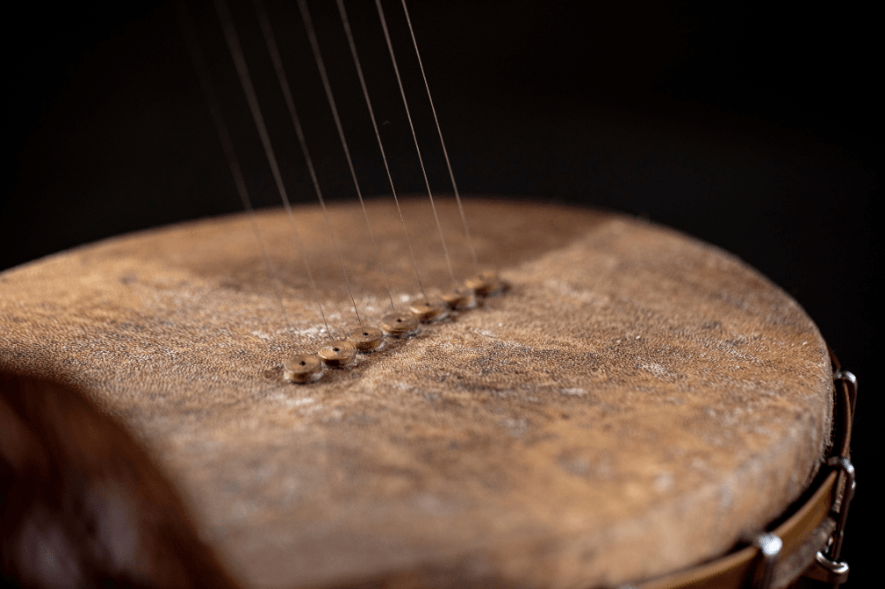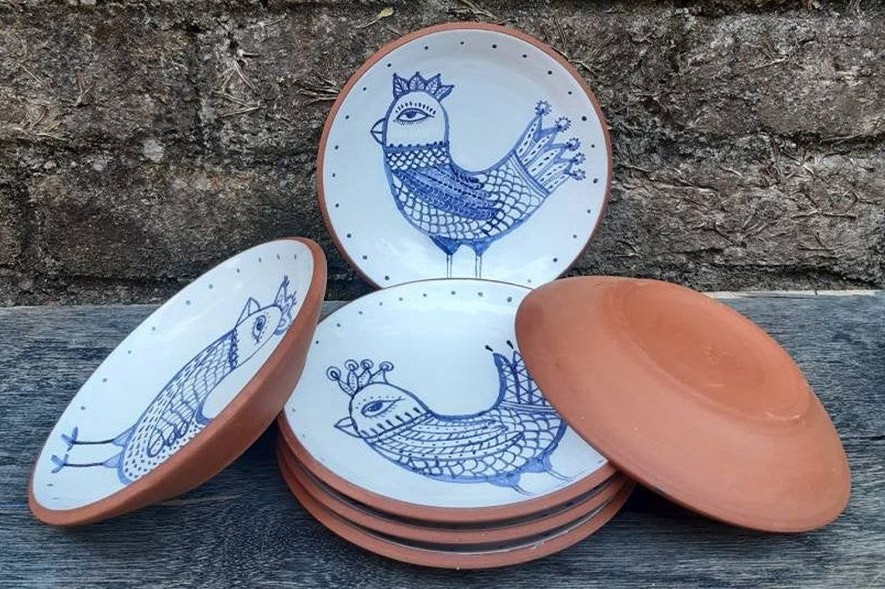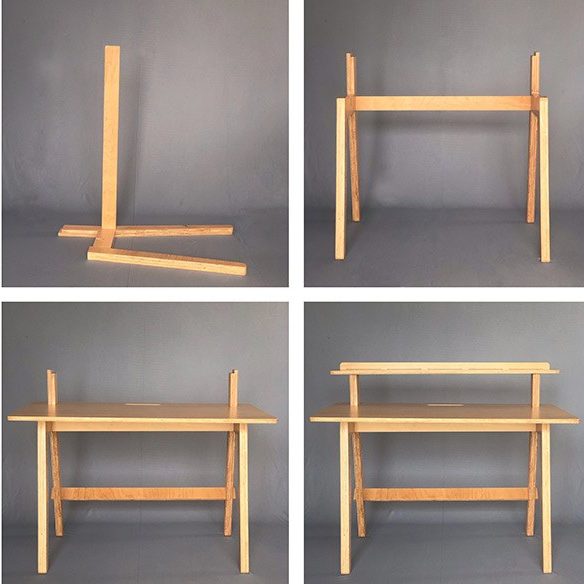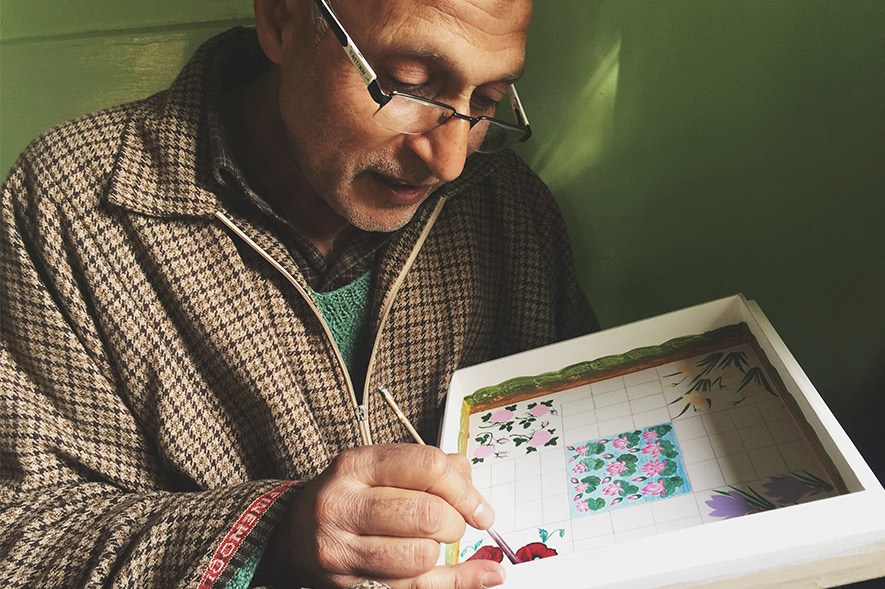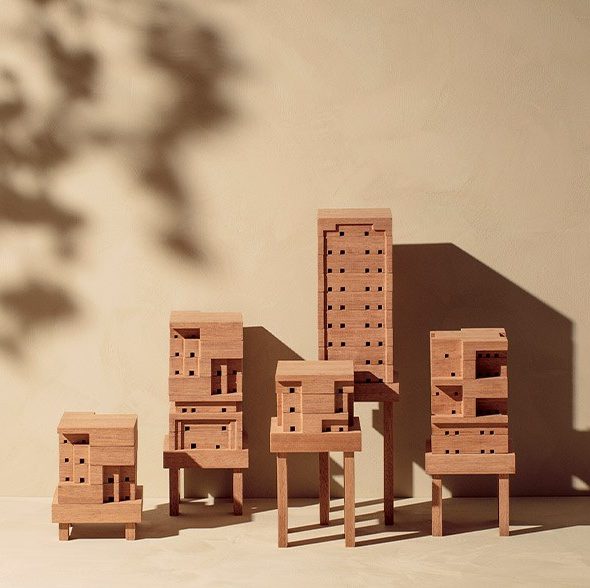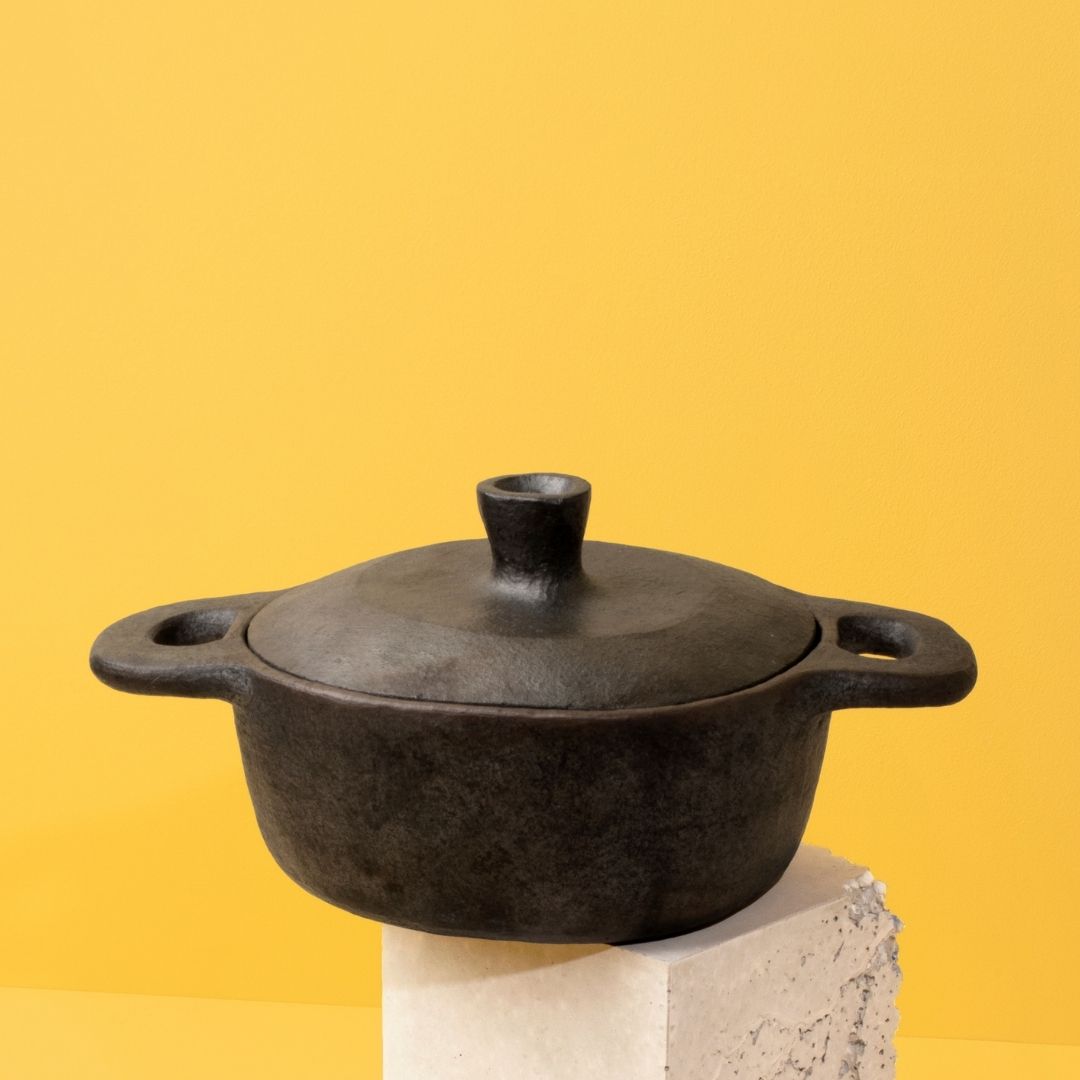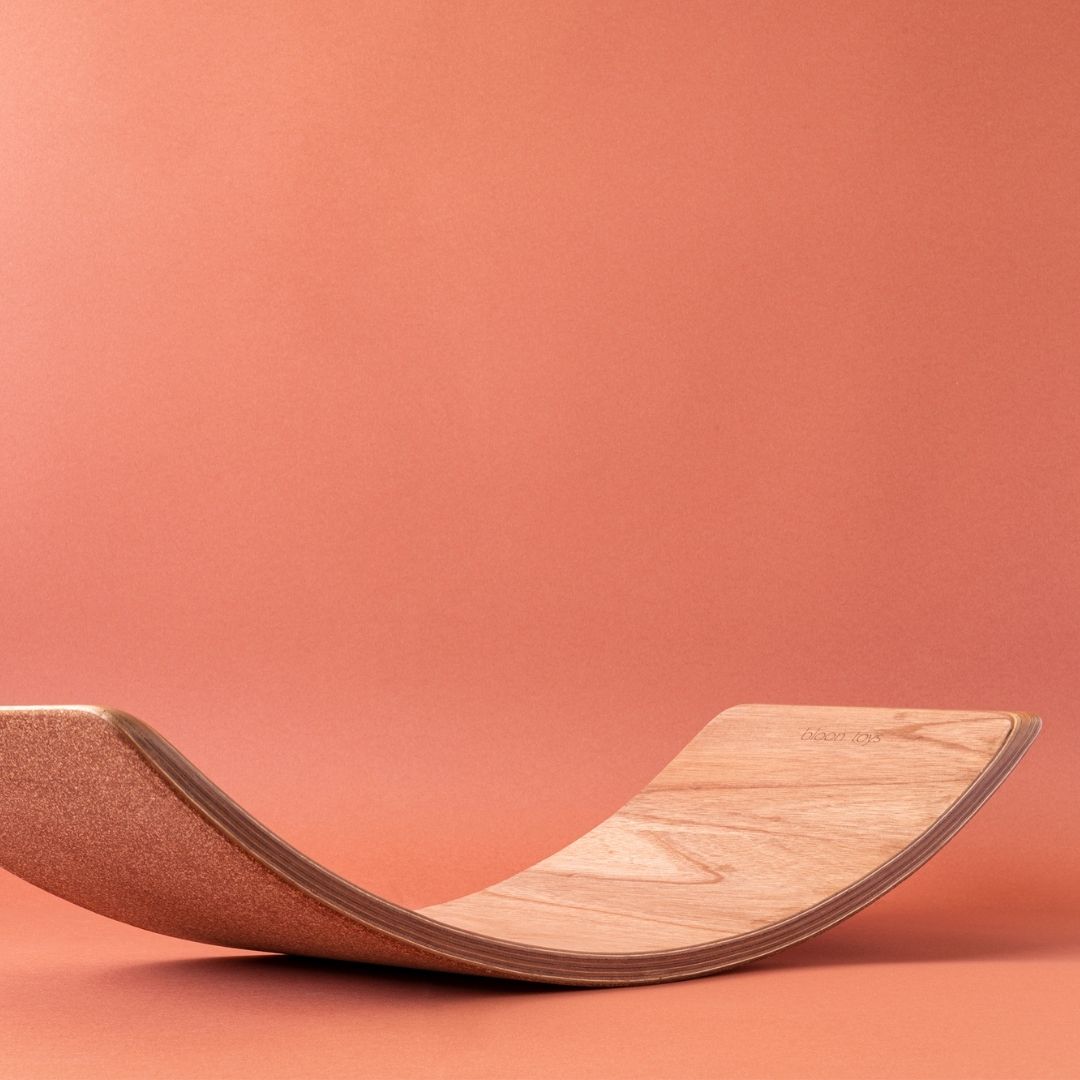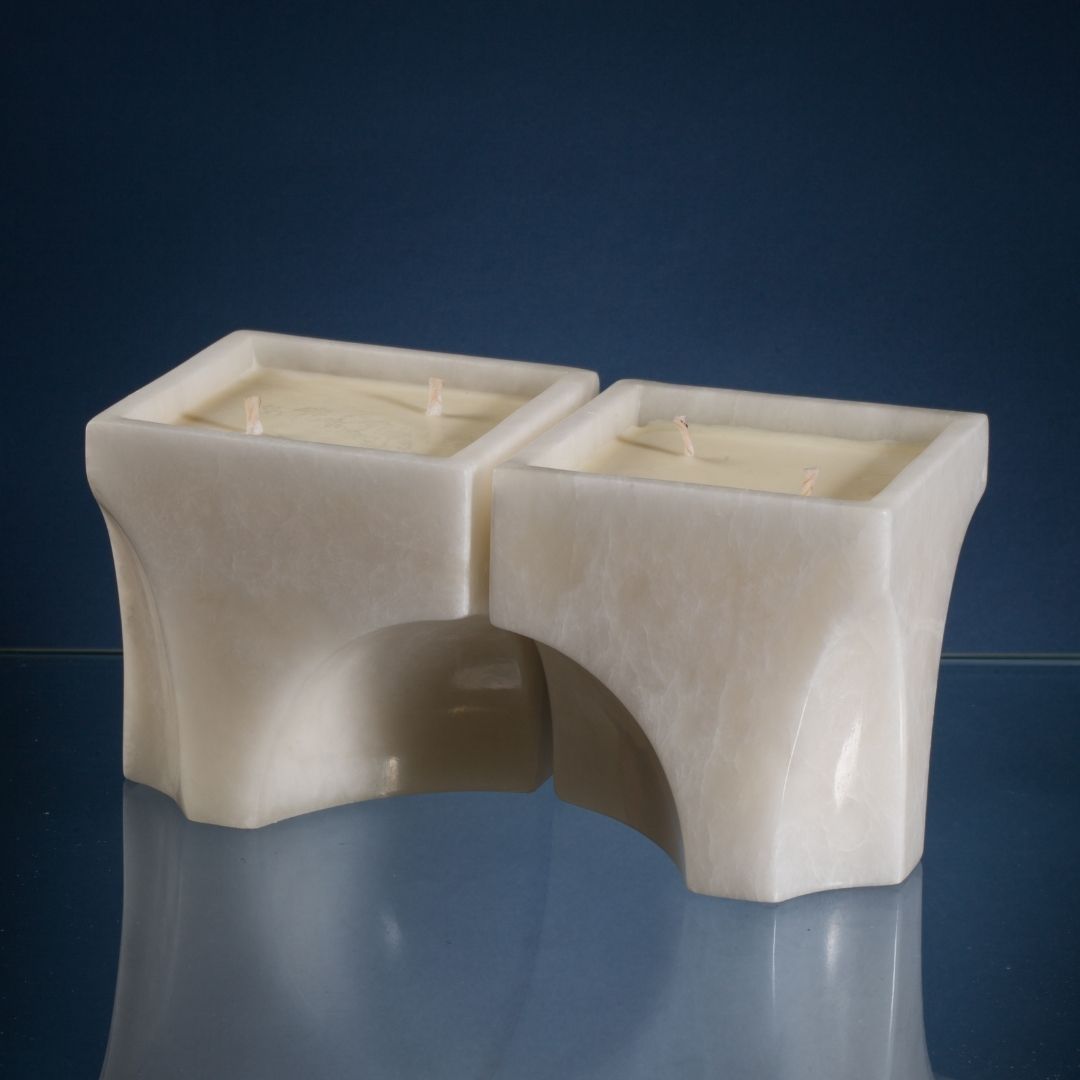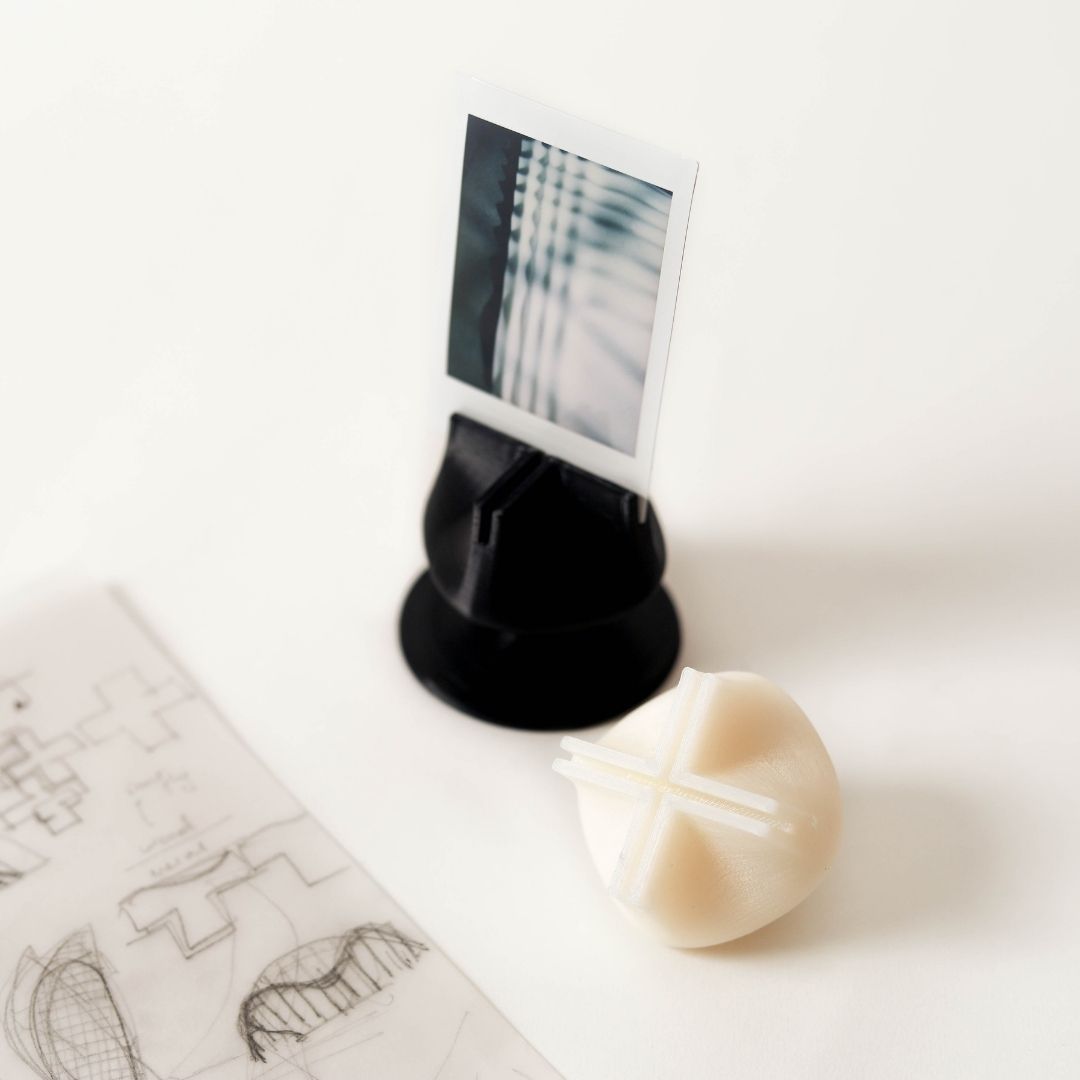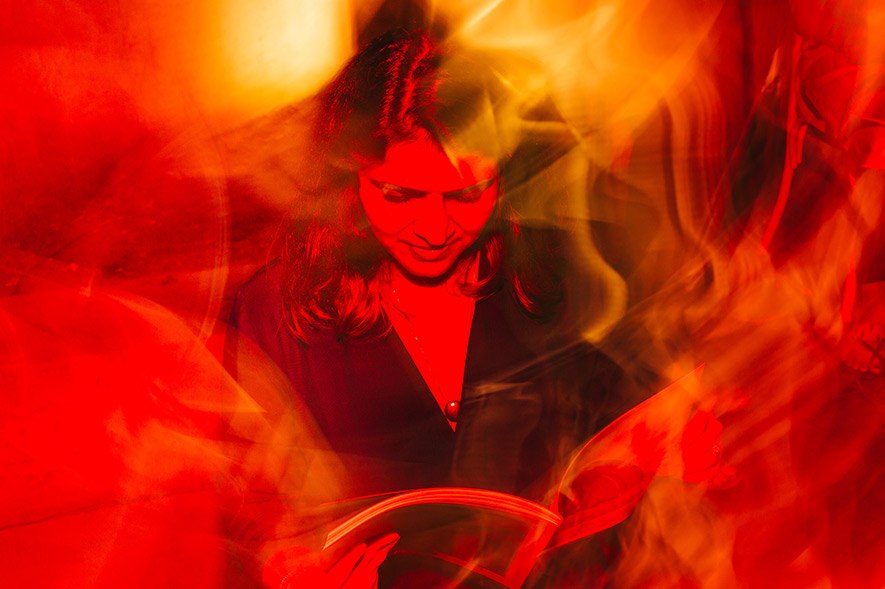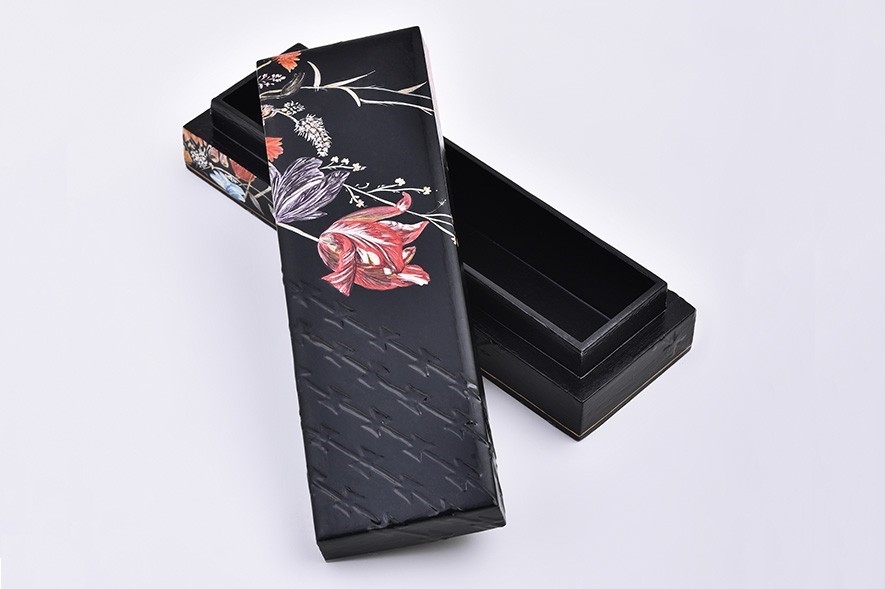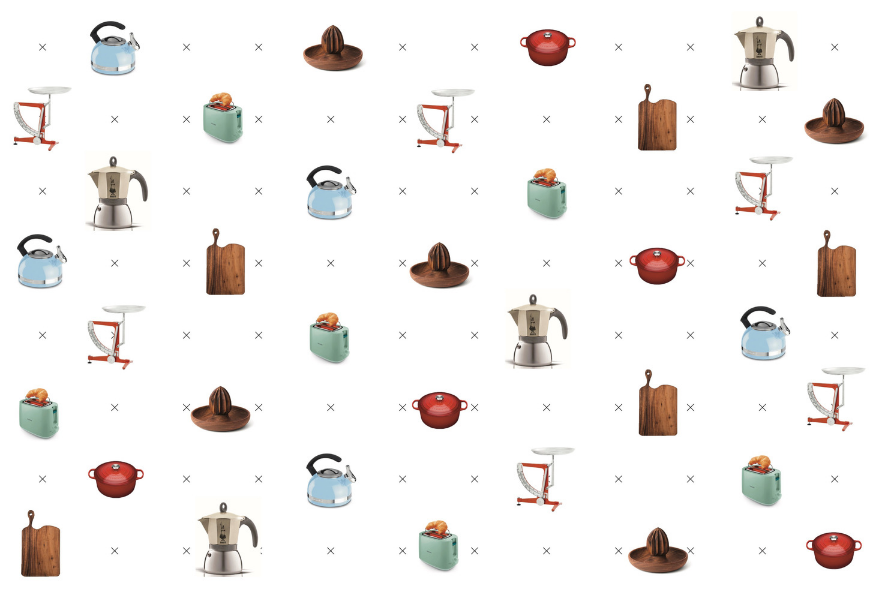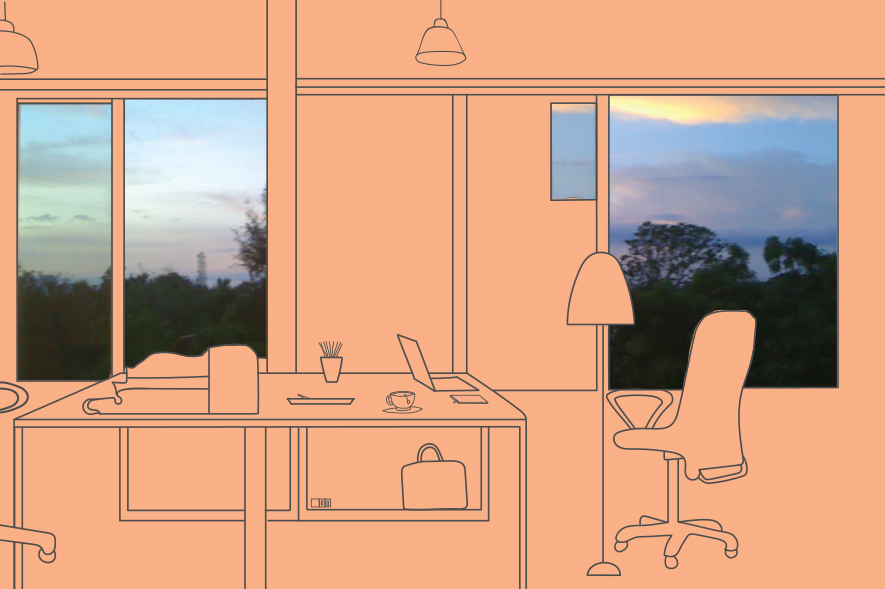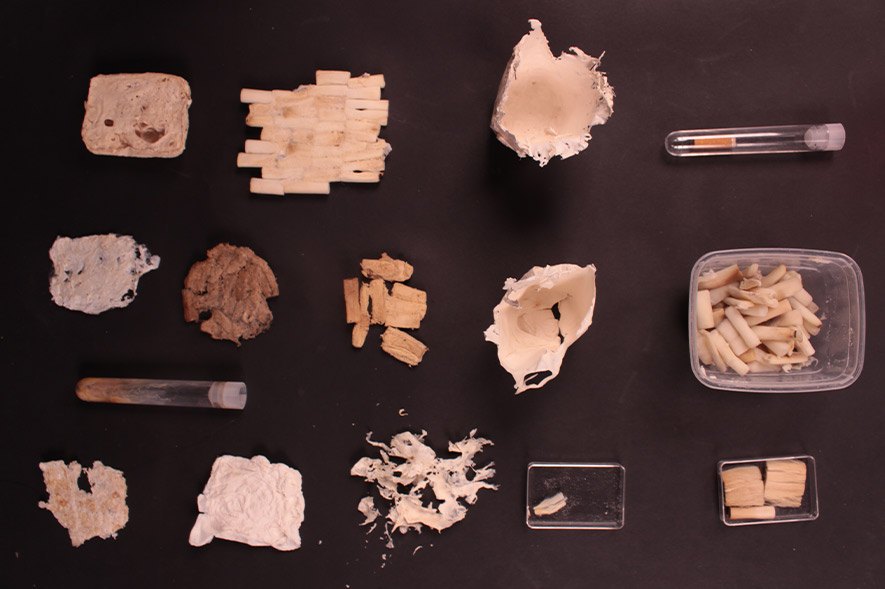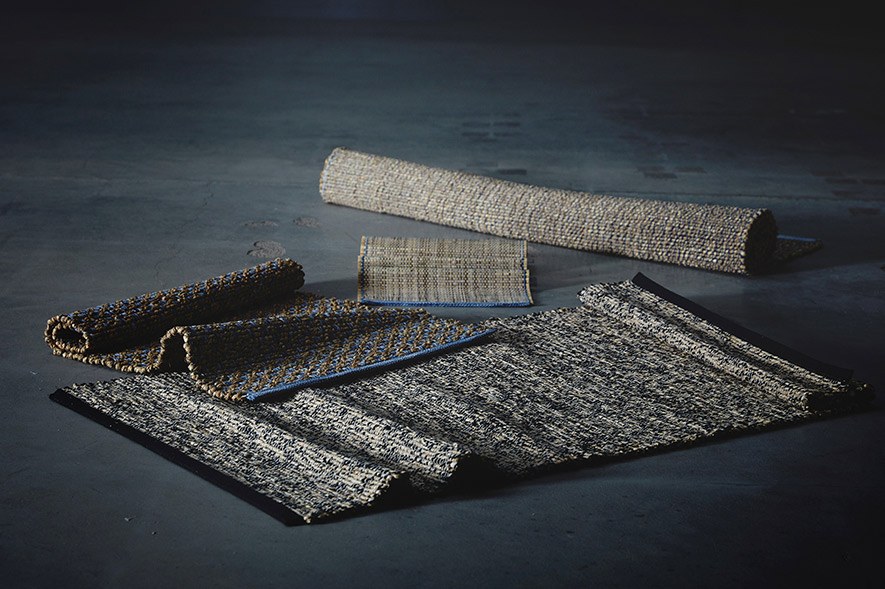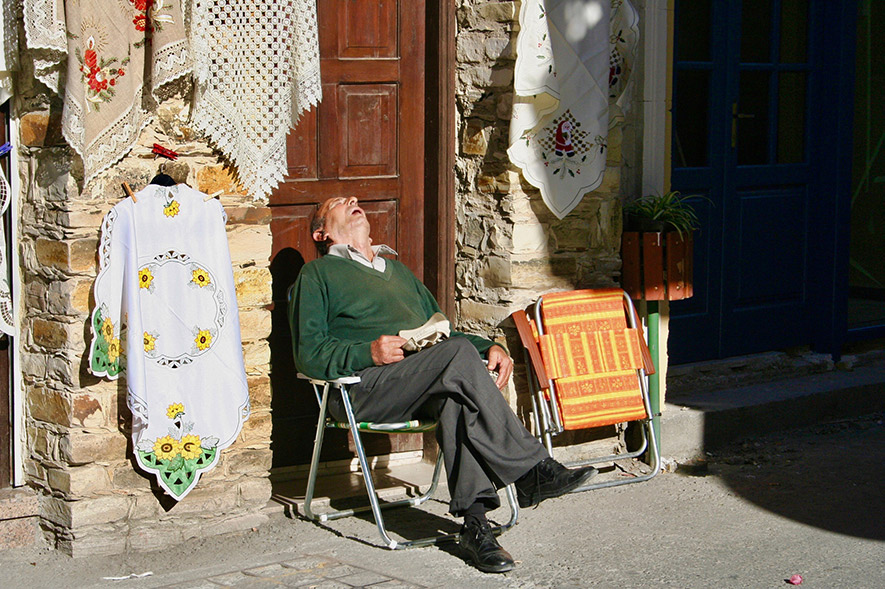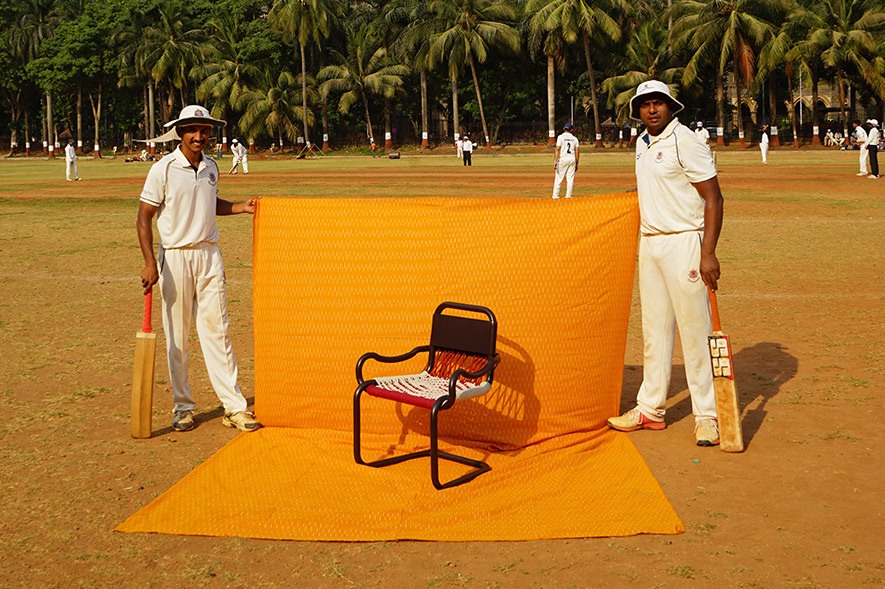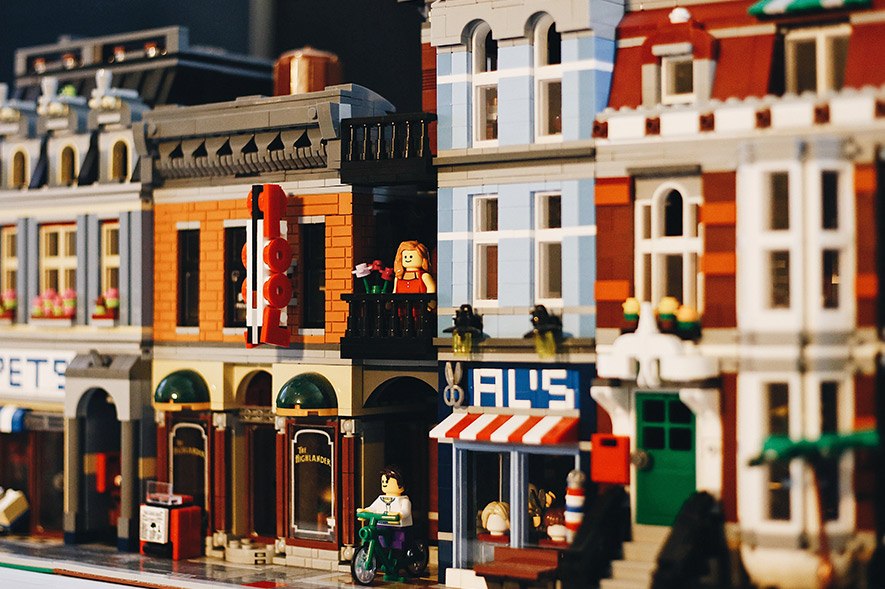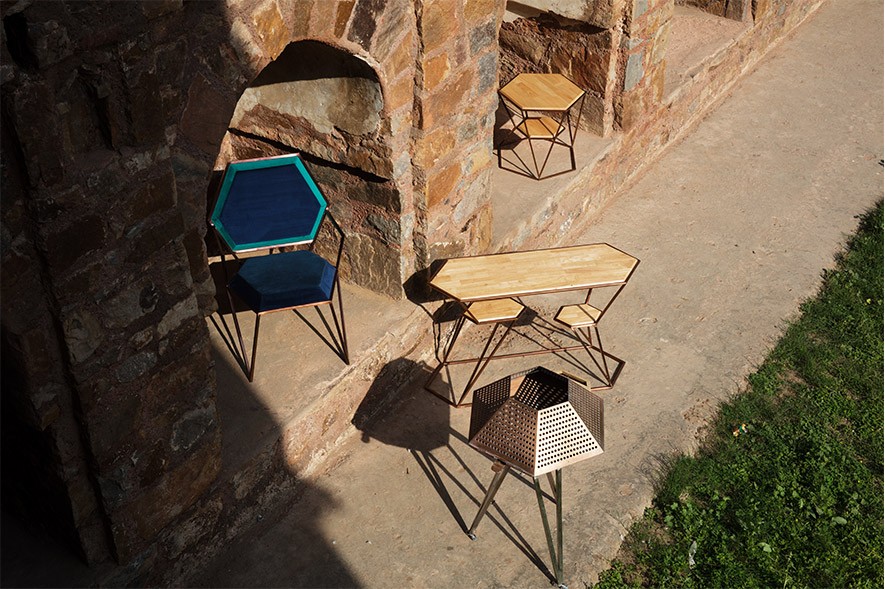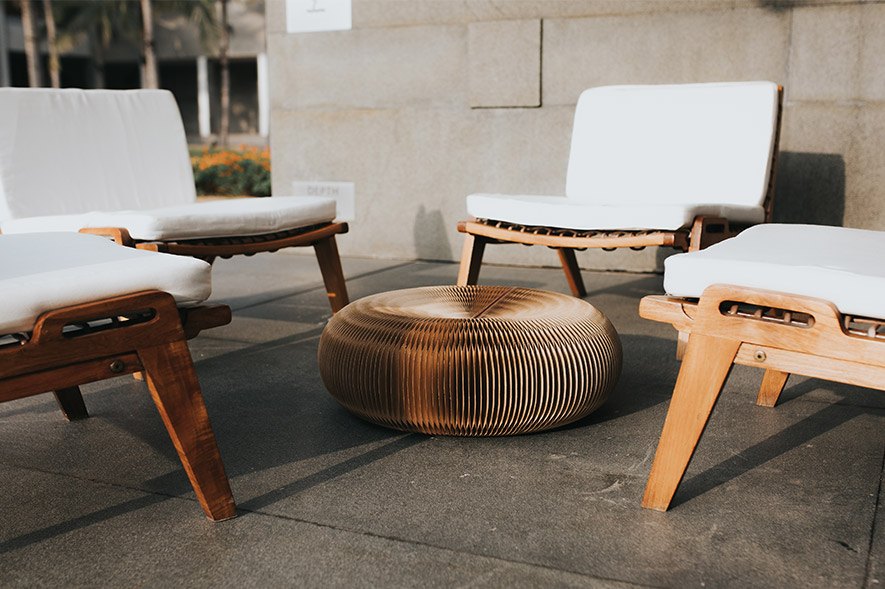Understanding Ceramics
Ceramic /sɪˈramɪk/
Made of clay and permanently hardened by heat.
Ceramics are generally shaped from a mixture of clay, earthen elements and water. There are numerous ways to shape a ceramic product — it’s often done by hand, on a wheel, or by slipcasting (which involves liquid clay being poured into a mould made of plaster of paris). After it’s been shaped, the product is then ready to be fired in a high-temperature oven that’s known as a kiln. Often, ceramics are coated with a glaze, which forms a vitreous, impervious coating that’s sometimes decorative as well.
Ceramics belong to assorted categories. There’s stoneware — which is generally defined by the constituents of the clay and the temperature it’s fired at — as well as other categories like earthenware, porcelain and bone china. What sets stoneware apart from earthenware is the temperature it’s fired at (very high, around 1200-1300°C) and that it is non-porous. Earthenware, on the other hand, is fired at a comparatively lower temperature (up to 1150°C), and is porous. Stoneware is generally more durable — than, say, earthenware — as the clay is completely vitrified because of the high-temperature firing. It’s also thicker in its depth than porcelain or bone china.
Ceramic objects are found everywhere. At home, you’ll find ceramics in the form of serveware and cookware, floor tiles and sanitary ware. They’re found in museums — as mighty sculptures, dainty vases or elaborate tea sets. That said, they also commonly serve industrial purposes too — consider fire hydrants and race-car engines.
Using Ceramics
On sustainability
Derived directly from the earth, ceramic is one of the most natural materials one can use at home. Stoneware, earthenware and porcelain are all sourced from the earth, and once used, they return to the earth. While there is a lot of energy that’s used to fire kilns — temperatures in the thousands of degrees are employed — there’s no need to worry per se, since it still uses less energy than certain other materials used for similar products.
On being waterproof
All ceramics are not waterproof (and non-porous). Stoneware is fired at a higher temperature of around 1200°C, which makes it a more durable material with a denser, stone-like quality, and also waterproof.
On cooking and baking
Earthenware has been traditionally used for cooking across cultures. The only thing to really watch out for when using ceramics meant for cooking is thermal shock — like the sudden temperature difference from the freezer to a hot stove — which may result in hairline cracks. A keyword to look out for while choosing ceramics for cooking is ‘flameware’. Baking, on the other hand, demands more care — not all ceramics are meant to be baked in. (The temperature of firing the ceramic is what determines whether or not it can work in the oven.) It’s best, then, to stick to those that are marked as safe to be used in the oven.
On aging
Stoneware (as well as most ceramics) is very durable and can survive and look the same over many generations. Terracotta earthenware has a telling characteristic — over use, it gets darker, each shaping up in its own charming way.

Caring for Ceramics
Cleaning
Usually, dish soap and water should do the trick. For stoneware, add 1/4 cup of vinegar or a tablespoon of baking soda to water, soak your stoneware and then wash it out with some dish soap. Rinse well.
Go natural with: vinegar, baking soda, salt and lemon juice
Removing stains
Lemon juice can help get grease out; baking soda can also be sprinkled and rubbed to ease a stain. Remember that terracotta darkens over time with use, so those aren’t stains to fuss over.
Once broken?
Broken ceramics can’t be put back together. That said, there is the Japanese art of kintsugi, a process through which broken ceramics are pieced back together with lacquer that’s inflected with gold powder.
Fun Fact!
Working with clay can be therapeutic — and even help to combat depression. According to research by Hong Kong-based art psychotherapist Joshua K M Nan, who is also a potter, clay art therapy has positive effects on adults with major depressive disorder, improving mood, decision-making, and motivation.
Thank you to Parul Vahanvati of Rayden and Aditi Chaddha Batra of Indus People for their inputs.
Tell us what you think? Drop us a line.
